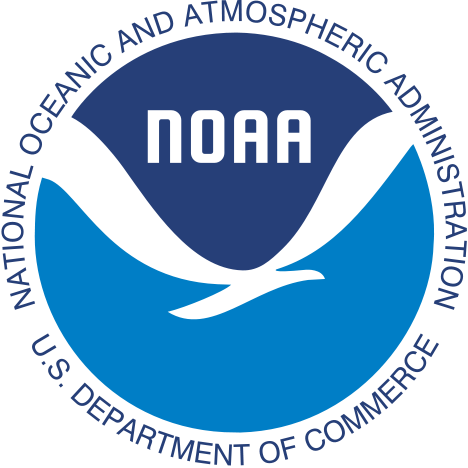ECOHAB: Interannual Variability of PSP Toxicity in Eastern Maine: Testing the Leaky Gyre Hypothesis and Improving Regional Forecasts
Sponsor: National Oceanic and Atmospheric Administration

Collaborators
Woods Hole Oceanographic Institution: Don Anderson, Dennis McGilliguddy, Bruce Keafer
NOAA: Richard Stumpf
University of Maine: David Townsend
Funding Period
September 2015 - August 2018
Description
This field and modeling project is investigating the linkages between Bay of Fundy (BOF) Alexandrium fundyense populations and Paralytic Shellfish Poisoning toxicity in the nearshore and offshore waters of the eastern Gulf of Maine (EGOM), using this information to improve regional harmful algal bloom management, modeling and forecasting capabilities. We are testing the hypothesis that toxicity in the EGOM is regulated by the leakiness of the BOF gyre, and will characterize the meteorological and hydrodynamic mechanisms that control it and the fate of the cells delivered into the EGOM. This information should greatly enhance our ability to understand, model, and predict the conditions that lead to variability in EGOM toxicity, which is currently very poorly understood. To accomplish this, we need high-frequency, in situ observations of A. fundyense concentrations in the two exit pathways from the Bay of Fundy, so we will utilize Environmental Sample Processors (ESPs) and other ocean observing instruments to obtain data that can capture the episodic nature of the export process in a manner not possible with ship-based surveys. These autonomous measurements will be augmented by survey cruises to map out the distribution and abundance of A. fundyense cells as well as water column structure and chemistry in the region. All of these data will be used to refine and test our existing coupled physical-A. fundyense population dynamics model, greatly improving its predictive skill for the EGOM. Model results will be used to diagnose the leakiness of the BOF gyre and the resultant flux of cells into the east Maine coastal current. We will utilize our existing Gulf of Maine modeling system (He et al., 2008) together with the recently developed incremental strong constraint 4D Variational (4DVar) data assimilation algorithm (Moore et al., 2011) to perform data assimilative model hindcasts. The model assimilates satellite sea surface temperature and in situ temperature and salinity profiles measured by ship surveys, moorings and floats. Data assimilative circulation hindcasts, coupled with the A. fundyense population model, will be conducted. Model results will fill observational gaps, and delineate the variability of BOF gyre and exit pathways and their corresponding A. fundyense cell distributions.
